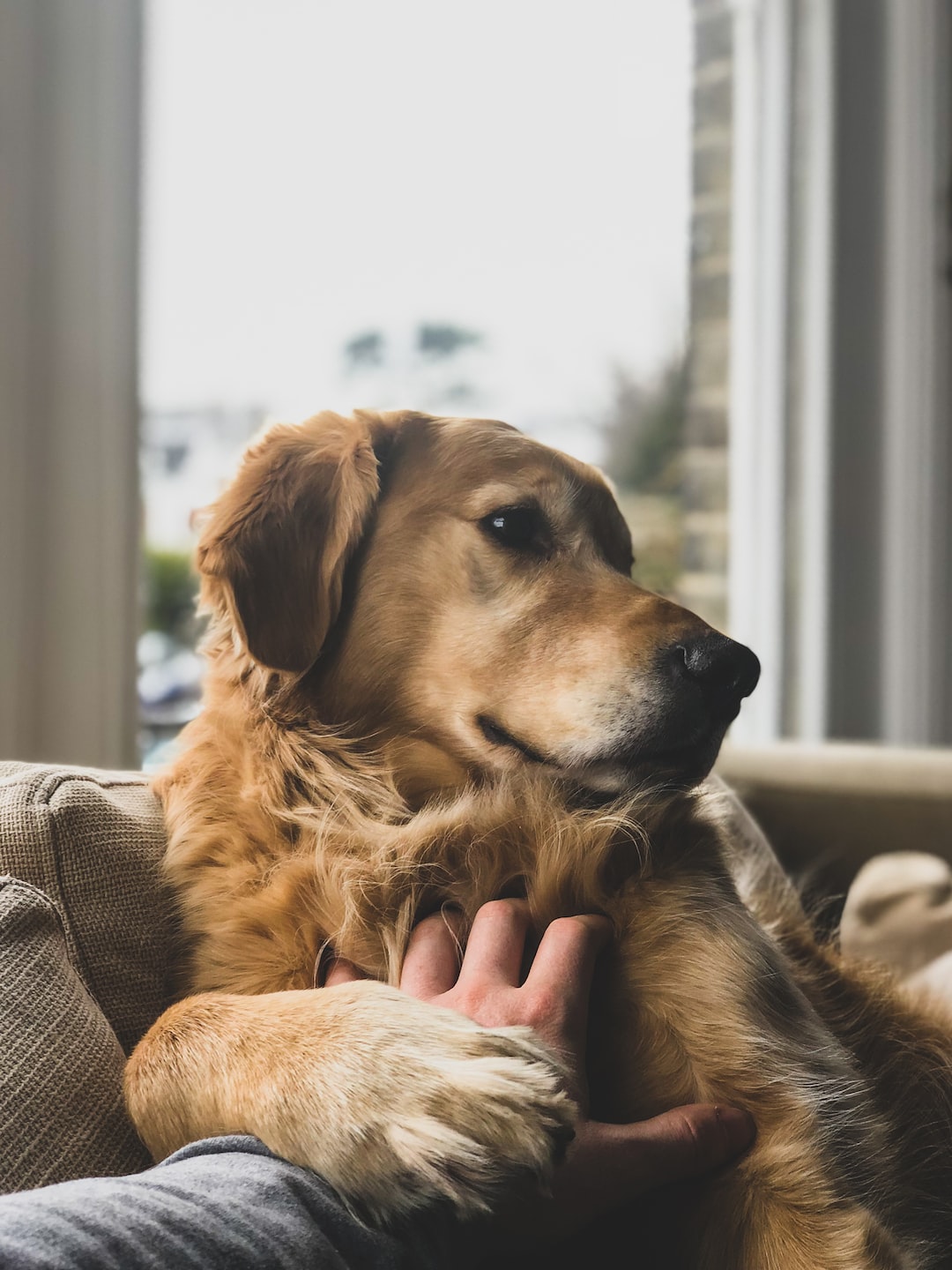As a pet owner, it is important to pet-proof your home to prevent accidents and injuries. Pets, whether they are cats or dogs, can be curious creatures, and they often explore their surroundings even when that might put them at risk. Pet-proofing your home can help to keep them safe, prevent costly accidents, and ensure they can live safely and comfortably.
Below are some tips to help you pet-proof your home.
Secure Your Windows and Doors
Many pets, especially cats, love to climb and jump. This warrant that you should securely latch your windows and doors. Use screens and glass or transparent netting on windows and doors so that your furry friends cannot escape or fall out of doors and windows. You may also install childproof locks on all the doors.
Check Cords and Electrical Outlets
Many pets, especially puppies and younger cats, enjoy chomping on nearly anything, including electrical cords, which can be dangerous and pose an electrocution risk. Cover the cords and electrical outlets around your home etc. As an option, purchase cord covers or hide cords so your pet can’t see them, chew on them, or claw them.
Keep Cleaning Chemicals Out of Reach
Cleaning chemicals should always be kept away from pets. These products can be dangerous if ingested or spilled accidentally. Keep all cleaning supplies in a cupboard that can be locked or high off the floor so your pet can’t access it.
Store All Medications in a Secure Location
Medications can be poisonous to pets, even in small quantities. Keep all medications in a locked cabinet or high up in an area out of reach of pets. If needed, put a child-proof lock on your medicine cabinet. Be sure to also keep your pet’s medication safe, so they don’t accidentally ingest it.
Keep Garbage in Enclosed Bins
Garbage almost always contains scraps of food and other items that can be dangerous if ingested by pets. Be sure to keep your garbage in a bin with a lid that pets can’t open. This practice can reduce the risk of your pets eating something that could lead to digestive problems.
In conclusion, pet-proofing your home takes some effort and time, but it is essential to keep your furry friends safe. Create a checklist of items that need to be addressed in your pet-proofing efforts. Pet-proofing your home will help you prevent costly accidents, keep your home’s aesthetics intact, provide a safe home for pets, and give pets a comfortable environment to live. Take the necessary steps to ensure that your pets can live happily and healthily in your home.

